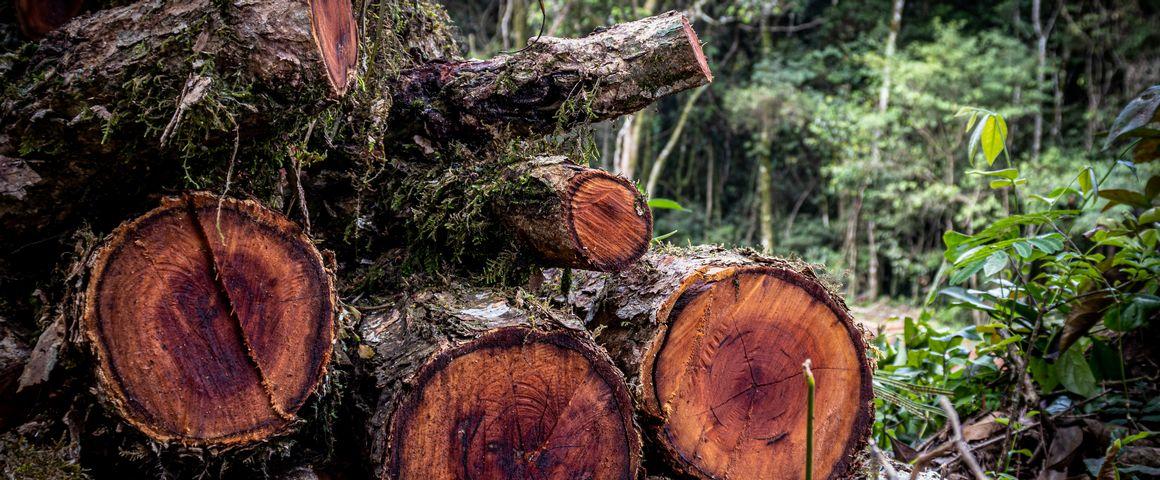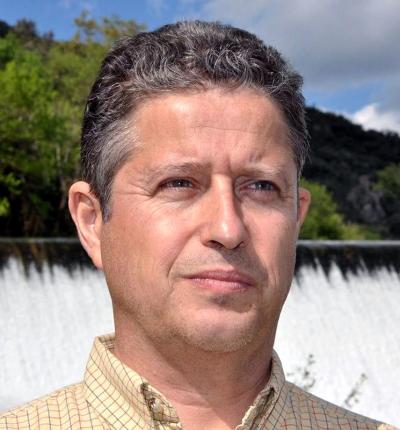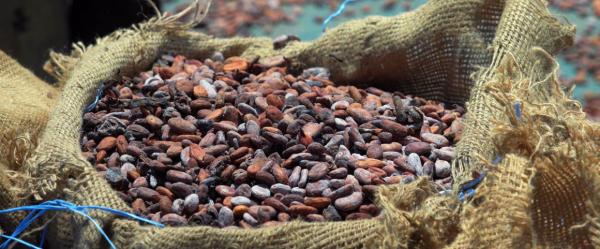Expert view 30 September 2025
- Home
- CIRAD news
- News
- Plinio Sist: tropical silviculture must change
Plinio Sist: "Tropical silviculture needs a paradigm shift"

Timber logging in the Brazilian Amazon © Marcelo, Adobe Stock
You are calling for an urgent paradigm shift in terms of tropical silviculture. Why, and what do you suggest?
There are more than 400 million hectares of natural forests used to produce timber, in other words half of the remaining tropical rainforest. Growing global demand for wood and the drastic consequences of climate change mean that those forests are under too much pressure. Particularly if we add conversions to agricultural land, fires, illegal logging, and so on. We therefore need to shift paradigms in terms of logging, and include plantations, agroforests, managed secondary forests and natural regeneration.
In the event of such a shift, natural forests would serve just a niche market, with much more noble uses than at present. After all, is it's just a matter of making plywood, we can easily use fast-growing trees! Lumber from natural forests should be more expensive, in view of its rarity and specific properties.
So, how could we develop multi-species plantations, choosing those species best able to cope with drought? How can we guarantee supplies of quality seed and plantlets? How can we make logging secondary forests economically viable? These are all new scientific research issues that will also serve to build bridges between our knowledge of temperate and of tropical environments.
How is CIRAD working to document the impact of logging and climate on forest dynamics?
At CIRAD, we have been working for more than 30 years to monitor growth and mortality in the tropical forest stands of South America, Asia and central Africa, using a network of globally recognized key structures such as Dynafac or the TmFO. The TmFO encompasses 650 experimental plots coordinated with our partners. Our specificity is that we analyse both forest dynamics and the combined impact of timber logging and climate change on those dynamics. This is more difficult than working with non-disrupted forests. We combine a range of variables and their respective impacts, to model pathways. This relatively novel scientific front warrants our close attention and long-term funding, since the data, which are gathered year after year, will only produce results in the medium and long term.
As well as that need for knowledge, doesn't this new paradigm mean new consumption habits?
The number of species that are logged bears no relation to the biodiversity in natural forests. In the Amazon, for instance, barely 15 species are used for timber, of the 300 species found per hectare of forest in some places. Through its BioWooEB research unit in particular, CIRAD has long been studying the characteristics of tropical woods and their possible uses. Logging firms are also prepared to diversify. What we need now is for the market to change and for the timber industry to adapt to new wood uses.
And for policymakers to legislate on this and check that sustainability criteria are respected?
Our role, as scientists, is to make recommendations. We have no power over whether they are included in public policy, and that inclusion is taking its time, despite the commitments made. In particular, governments need to take determined steps to curb illegal logging. Such illegal operations still account for half the selective logging operations in tropical regions, and marginalize sustainable logging practices, since the latter are relatively unprofitable. There is also a lot of hype that surrounds restoration programmes, such as the number of trees to be planted, without monitoring what happens to them. Unfortunately, biological and electoral schedules are not the same: few forest restoration policies take account of actual long-term needs on a territorial level. It should be up to local people to decide what to plant, why and where, since it is they, their children and their grandchildren who will be taking care of the trees planted.
What consequences is climate change having for tropical forests?
Forests are excellent carbon sinks, but they may lose some of their capacity to store carbon in future, to become net emitters. The reasons are excess tree mortality and slower growth as a result of droughts and other extreme climate events. And all the environmental services rendered by forests – not just carbon capture and oxygen emissions – that are under threat. As we showed in our book Vivre avec les forêts tropicales, tropical forests are simultaneously "flying rivers" that regulate rainfall and water networks, defences against flooding and landslides, natural soil fertilizers and biodiversity hotspots.




























